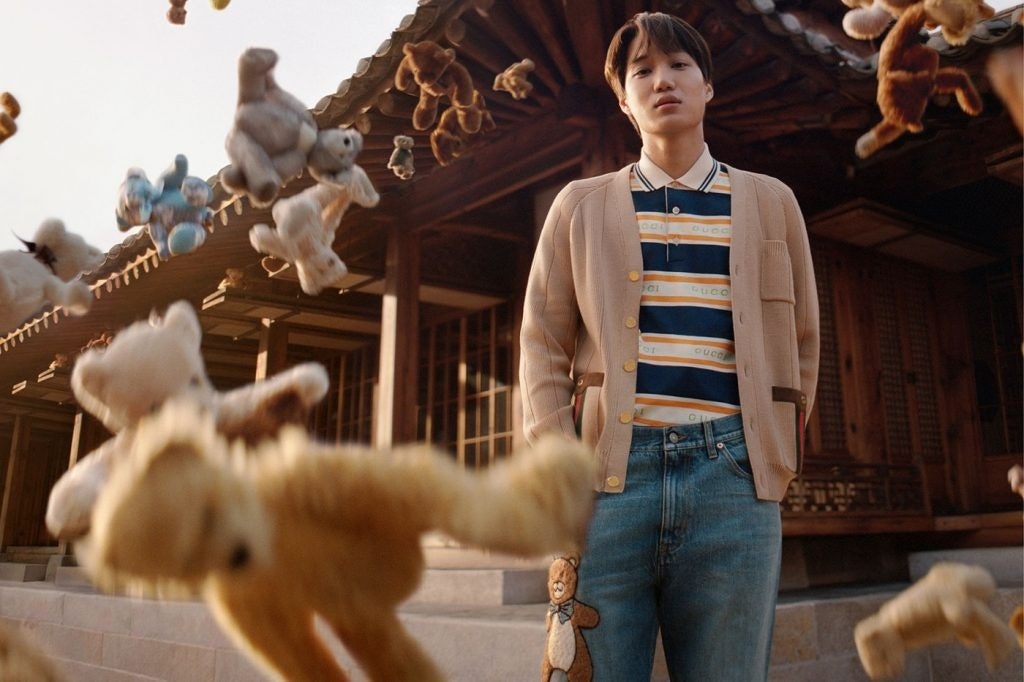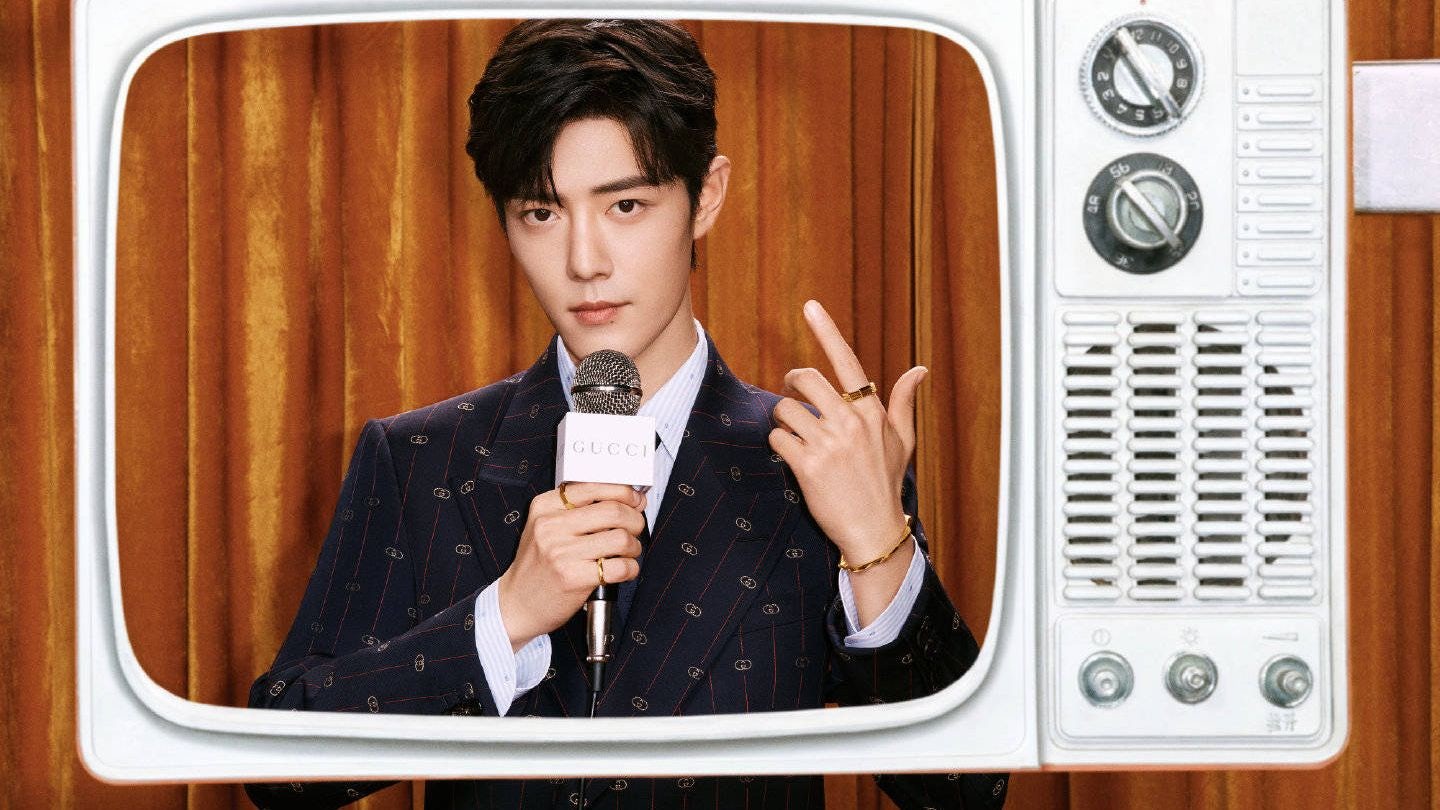Brand storytelling is one of the most challenging tasks for any brand. But for luxury brands, it is even more critical than for any other category. Very few brands excel in this endeavor; Gucci is one of them.
Kering, one of the leading luxury groups worldwide, just announced its annual results for 2021. According to the reporting, Gucci achieved sales of roughly 11 billion — an increase of 31 percent on a reported and comparable basis. The results also exceeded those from 2019, making it an all-time-high performance. While many top-20 luxury brands have seen strong momentum in the last quarter, Gucci's magnitude of growth is more than remarkable, given its size.
The group attributes the increase to the launch of new products and a 35-percent increase in sales in its directly operated store network. Additionally, it claims the release of the Ridley Scott film “House of Gucci” helped raise the brand's profile worldwide.

But I would go a step further and attribute its success story to owning one of the most precise brand stories in luxury. Fundamentally, Gucci is about an unapologetic and bold expression of individuality. Its storytelling is not about the finest leathers, best materials, or greatest products, although Gucci does this better than most other brands. Instead, the brand addresses a relevant consumer insight: how people feel obliged to follow the expectations of others, be it parents, friends, co-workers, or society at large.
These expectations include gender identification, how or what to wear, and how to express yourself. Before any other brand, Gucci understood this feeling and offered people a “home” or safe space for self-expression and self-celebration. Every single Gucci campaign is a celebration of individuality and a celebration of their customers. Where most brands talk about themselves and pat themselves on the back for how great they are, Gucci talks about their clients, and every communication underlines what the brand is enabling their clients to do differently.
The brand is among the best-in-class for brand storytelling, which creates extreme value. For Gen Z, this is critical. Because Gen Z is the first generation to learn how to curate their own “personal brands” via social media, making Generation Z the first to live a public persona. As a result, a brand's storytelling must align with its positioning, or it doesn't appeal to them. Few brands do this as well as Gucci.
Additionally, Gucci set its focus on inspiration through innovation. I have stressed countless times that being perceived as innovative by clients is critical to the success of luxury brands. Fundamentally, luxury brands must be seen as influencers and disruptors. When brands get boring, no one wants them. But when they are excited and inspired, they create desirability.
In this aspect, Gucci fires on all cylinders. It was the first brand to ban fur and has driven one of the most consequential sustainability agendas in luxury, moving far beyond warm words and PR stunts. It also broke category rules by being the first brand to offer a gender-neutral collection known as MX. The brand is probably the most inclusive and diverse in its communication campaigns, not just in all expressions of race and fluidity in gender but also in embracing all age groups. Gucci has taken diversity and inclusion to a new level and, thus, significantly disrupted the market.
Gucci has also embraced collaborations on multiple levels, from its extremely successful “hacker” project with Balenciaga to a 1970s inspired collab with The North Face. These partnerships add an element of surprise, disruption, and cultural relevance to the brand and further boost the perception of it being one of the most inspirational and desire-inducing brands. Another one of its collaborations broke the internet in Asia: Kai x Gucci, the teddy bear collection designed with K-Pop superstar Exo’s Kai, also known as the Human Gucci, which took the brand to a new level in critical Asian markets, including in China.

And its brand story of unapologetic self-expression was underpinned by a trove of new products (including sex-toy necklaces as part of its latest jewelry collection) at a recent show on Hollywood Boulevard that was visited by Macaulay Culkin, Phoebe Bridgers, Jared Leto, and others.
All of Gucci's diverse activities are closely tied together through its clear brand storytelling, which is the real genius of Gucci’s execution. Gucci communicates its story with extreme precision and flawless execution, and the results create extreme desire.
All of Gucci's diverse activities are closely tied together through its clear brand storytelling. That is the real genius of Gucci: flawlessly executing a story with extreme precision to create extreme desire.
While that should be the playbook for other luxury brands, many still have brand stories like “our passionate people use the finest materials to create one-of-a-kind products.” These other brands “sell a dream” but forget to specify which dream. They talk about “best-in-class,” but those words are empty and generic category descriptions. They are category stories, not brand stories.
Today, brand storytelling must be defined through the eyes of the client. The most critical question is: “What does the brand enable its clients to do differently?” It’s a seemingly simple yet challenging question to answer. It is not about facts and figures; it’s not about materials, fundamental value creation, differentiation, and addressing a relevant consumer insight.
As I said, Gucci’s results are outstanding. They show that Marco Bizzarri, Alessandro Michele, and the brand's team understood how critical, uncompromising, and inspiring storytelling is for a luxury brand. As an apt metaphor, brand storytelling is like an opera: Every element must connect and lead to the target emotion across a precise storyline with perfectly orchestrated execution. Other luxury brands should watch Gucci because Gen Z is unforgiving to brands with flawed stories, or worse, no stories.
This is an op-ed article that reflects the views of the author and does not necessarily represent the views of Jing Daily.
Daniel Langer is CEO of the luxury, lifestyle and consumer brand strategy firm Équité, and the executive professor of luxury strategy and extreme value creation at Pepperdine University in Malibu, California. He consults some of the leading luxury brands in the world, is the author of several luxury management books, a global keynote speaker, and holds luxury masterclasses in Europe, the USA, and Asia. Follow @drlanger


